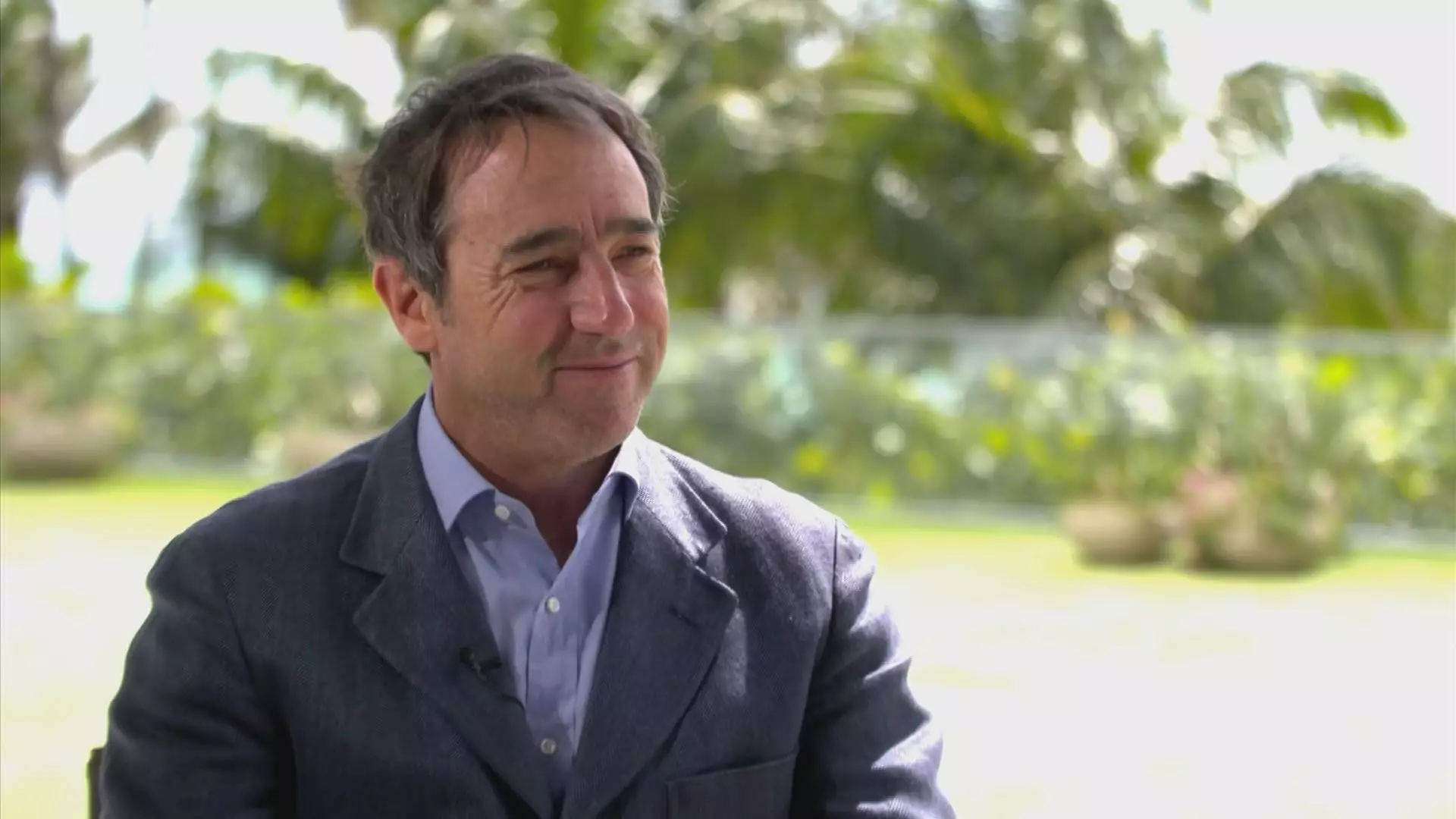As the U.S.-China trade war continues to unfold, the global economic landscape is undergoing significant metamorphosis, especially for Latin America. Marcos Galperin, the CEO of MercadoLibre—often dubbed the “Amazon of Latin America”—has voiced strong optimism about the region’s potential to capitalize on the shifts occurring due to escalating trade tensions. With a net worth of $8.7 billion, Galperin stands as a testament to the possibilities that await if Latin America plays its cards right.
The reality is that while some businesses are floundering under tariffs, other markets are stepping up to fill the void. Companies in Latin America, particularly those in Mexico, are in a prime position to leverage opportunities that arise as American businesses seek alternatives to their traditional manufacturing partners in China. As tariffs on Chinese goods escalate to monumental levels—sometimes as high as 145%—the need for a nimble and competitive supply chain has never been clearer.
Mexican Advantage
The strategic advantages offered by free trade agreements between the U.S. and Mexico cannot be overstated. As American firms shift production closer to home due to the trade war, the existing ties give Mexico an edge over its competitors. In Galperin’s fervent opinion, this will not only benefit Mexican firms but will ripple throughout the region, leading to increased cross-border commerce.
However, it isn’t just about moving manufacturing operations; it’s about embracing a new mindset focused on resilience and adaptability. Mexican enterprises are finding themselves bolstered by reduced tariffs, leading to potentially explosive growth opportunities at a time when American companies must navigate a minefield of export taxes and regulatory hurdles presented by the previous administration.
Argentina’s Bold New Path
Turning the spotlight to Argentina, Galperin praised the reforms introduced by President Javier Milei, who has demonstrated a willingness to align with free-market principles. The new administration’s decision to trim tariffs and embrace a more open economic policy landscape is a decisive move that could signal a historic pivot for Argentina, a country notoriously known for its protectionist policies.
Yet, while the vision is exhilarating, the journey will undoubtedly come with significant challenges. When transitioning from a heavily regulated economy to one that encourages free-market dynamics, there are bound to be growing pains. Galperin’s cautionary words are a reminder that optimism must be tempered with realism—structural shifts take time, and the road ahead may be paved with resistance from various sectors still clinging to outdated models.
A Cautiously Optimistic Future
In light of these developments, the outlook for Latin America is both exhilarating and fraught with uncertainty. Every silver lining carries a cloud, and while new opportunities burgeon, entrenched challenges loom large. The ability of Latin American countries to attract investments and bolster their economies rests heavily on their response to the evolving geopolitical climate.
The strategic imperatives set forth by leaders in the region signal a deviation from historical patterns of dependency on foreign markets, which may foster a newfound economic sovereignty. If these countries learn to harness their advantages effectively, they might indeed emerge from the shadows of both China and the United States as formidable players on the global stage. The next few years will test the mettle of these nations—and the world will be watching.

